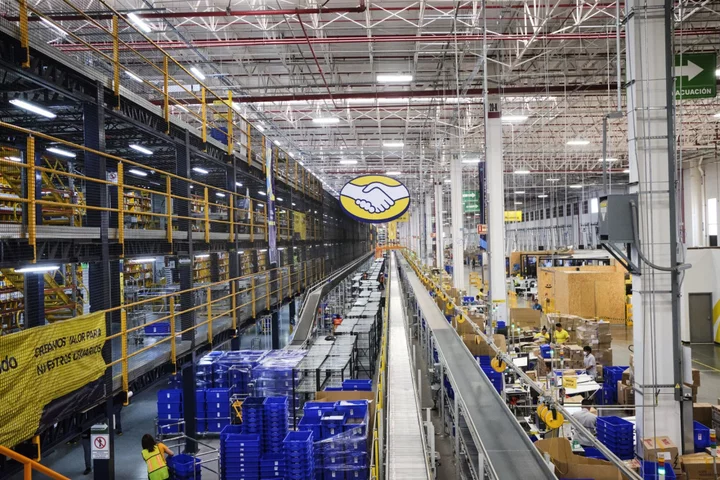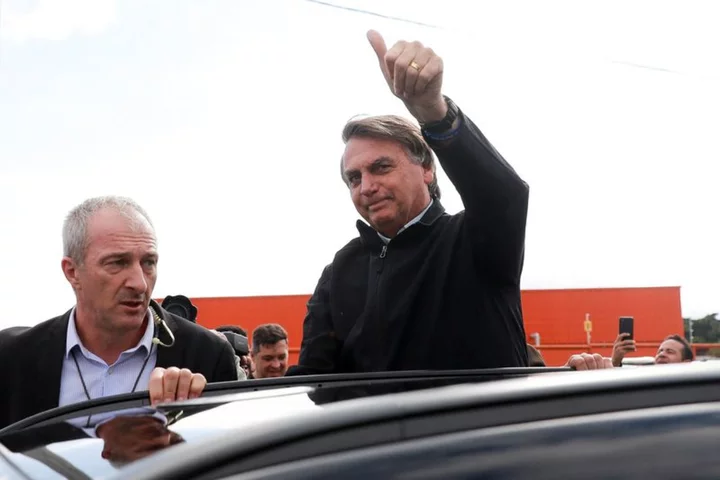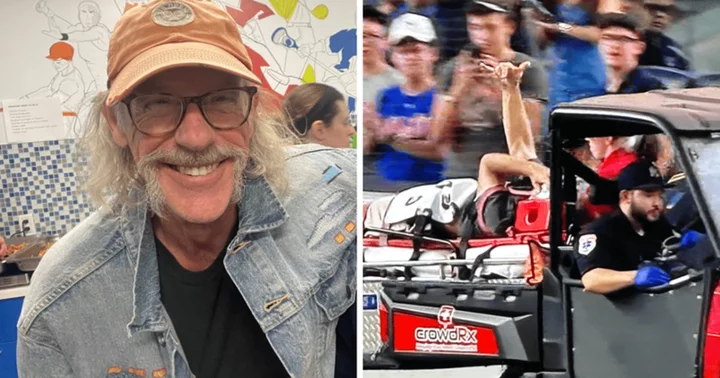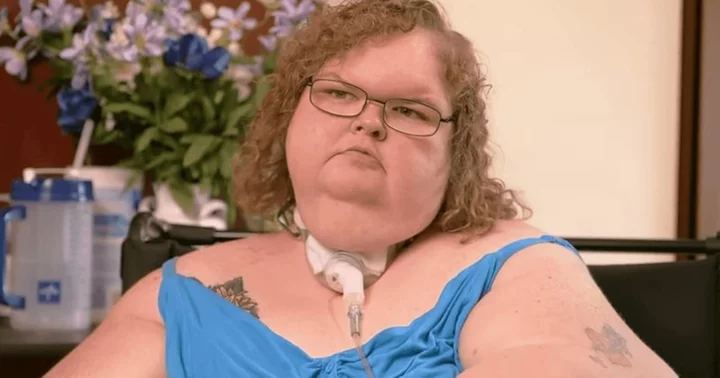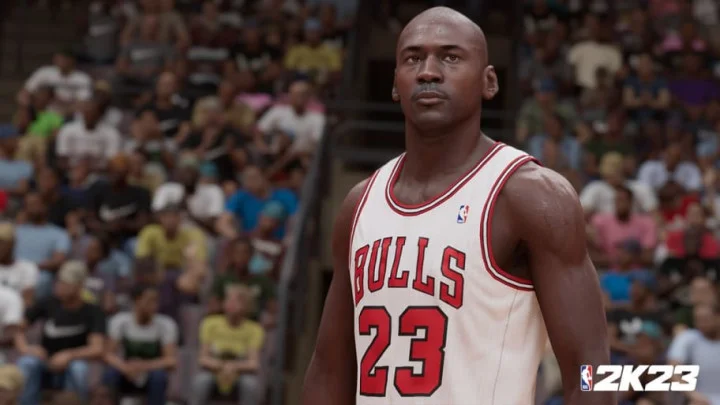When a large Jewish cemetery was paved over last century to create a sports ground in Belarus, the headstones were used to make roads and buildings.
Decades later, the desecrated stone slabs began to emerge during renovation works. Now, thanks to the hard work of a charity based in Belarus and the United Kingdom, the headstones will be given the respect they deserve as part of a new memorial on the site.
The haunting structure will be erected at the site of the former cemetery in Brest, crafted from broken bits of headstones that have resurfaced over the past two decades in the city and the surrounding area.
Brest, also known as Brest-Litovsk, had been a hub of Jewish life before World War II, with Jewish residents first recorded there in the 14th century. It was home to more than 20,000 Jews before the war. After the Holocaust, only about 10 remained, according to Yad Vashem, Israel's national Holocaust memorial center.
Tens of thousands of people are believed to have been buried in the cemetery, among them famous rabbis and talmudic sages, but today there is little evidence their graves ever existed.
The first stage of the desecration began during the war, when the Nazis tried to destroy the cemetery by selling off the headstones. That destruction continued under the Soviets in the post-war era, when they proceeded to use the religious markers for paving slabs and building works -- before later covering the whole site in asphalt to create a running track and football stadium, according to representatives of the Jewish community in Belarus today. The sports facilities, although run down, still exist on the site and are open to the public.
All traces of the once-sprawling cemetery had been lost until the late 1990s, when parts of the broken stones began to resurface during construction work in and around the city.
"Currently there's nothing there to say it's a cemetery," said Debra Brunner, chief executive and co-founder of The Together Plan, a charity spearheading the memorial project.
Over the past few years, hundreds of remnants of matzevot -- the Hebrew word for headstones -- have been collected and stored in a warehouse, where they have been photographed, cataloged and added to a detailed and searchable database. They will now form part of a large memorial at the site.
"There are 1,287 pieces with any sign of writing and probably between 2,000 and 2,500 more pieces but with no signs of writing," said Artur Livshyts, co-director of The Together Plan, whose US partner organization is called The Jewish Tapestry Project.
Earlier this year, Livshyts, one of around 20,000 Jewish people living in the Belarusian capital, Minsk, was contacted by a young couple who had just bought a dilapidated house in Brest which had stood empty for more than 20 years.
Brunner said: "It was in very bad condition but they bought it to renovate it. During their building works they discovered that the basement was constructed out of matzevot. It turns out that after the war the family who lived in this house had used the matzevot as building materials."
After that family suffered a series of misfortunes, people said this was "a curse from the headstones," Brunner said.
"When this new couple discovered the headstones they felt compelled to do the right thing and so they reached out to the Jewish community in Brest to ask what to do."
The memorial, which Brunner and Livshyts hope will be in situ by the end of 2024, aims to "acknowledge and honor the community that was so brutally extinguished, and educate visitors about Brest's vibrant Jewish community of today," according to the charity.
The memorial will be located on a corner of the site, away from the sports facilities. It will feature a black granite plaque with writing in English, Russian and Hebrew, while the surrounding area will be landscaped with trees, grass and wild flowers. The Brest municipality is supportive of the concept and has pledged to maintain its upkeep once it opens, according to The Together Plan.
The office of the mayor of Brest has not yet responded to CNN's request for comment on the project. Belarus, under President Alexander Lukashenko, has come under international pressure over its role in Russia's war in Ukraine and repression of civil society.
The charity estimates that it must raise around $325,000 for the memorial -- a third of which has been pledged by a donor, Stephen Grynberg, with a close connection to Brest's Jewish past.
Grynberg's late father, Jack, was one of the handful of Brest's Jewish residents to survive the Holocaust. The Los Angeles-based film maker told CNN that dozens of his relatives were killed by the Nazis.
In the 1990s, Grynberg worked as an interviewer for the Shoah Foundation, an initiative set up by Hollywood legend Steven Spielberg to record the testimonies of Holocaust survivors. Inspired by its work, he persuaded his father to try to open up about his wartime experiences and together they traveled back to Brest.
"That trip was really profound for me," Grynberg, 60, told CNN. "What I came to learn was that there were 70 to 100 family members in this town and they all perished. Dad's grandparents on both sides, uncles, aunts, cousins. His whole family other than his nuclear family was murdered."
He added: "In 1997 there were no signs of the cemetery. We were taken there and our guide said 'this is where the cemetery was.' Like so many things with the Holocaust, you can't really understand them, you just have these complicated visceral feelings. I was just trying to compute the idea of them bulldozing a cemetery and building on it. That was the empty feeling I had."
In 2015, Grynberg returned to Brest, where he heard about the instances of headstones resurfacing during construction work, and met with Brunner and Livshyts.
Embracing their vision for a memorial at the former cemetery site, Grynberg commissioned Texas-based designer Brad Goldberg -- whose family had taken in Grynberg's father when he first arrived in the United States and knew him well -- to come up with a plan for it.
"I'm not sure but I don't think I had any relatives in this cemetery because my family came to Brest," said Grynberg, who explained that his grandparents had moved to Brest, so his ancestors are likely to have been buried elsewhere in Belarus. "These are all people buried there before the war. It really feels more about my connection to what this town is."
The intention, he said, is not to replicate a cemetery, but to bring "dignity back to the people who are buried in this place."
In a telephone interview with CNN, Goldberg said his design comprises two large arcs enclosing a large space on the site, which will feature some of the broken stones.
"I call it an embrace," he said. "This embrace is meant to house those headstones that are still intact.
"It isn't a cemetery," he added. "They are all facing in different directions as if they are having a conversation with each other.
"One rabbi that we have consulted has described it as being about life rather than about death."
Livshyts told CNN: "This will lay the stones to rest, back where they belong. I call it historical justice."
He added: "Of course we can't locate the actual bodies to the stones that are there but at least we can bring back the stones and have them standing where the cemetery used to be."


